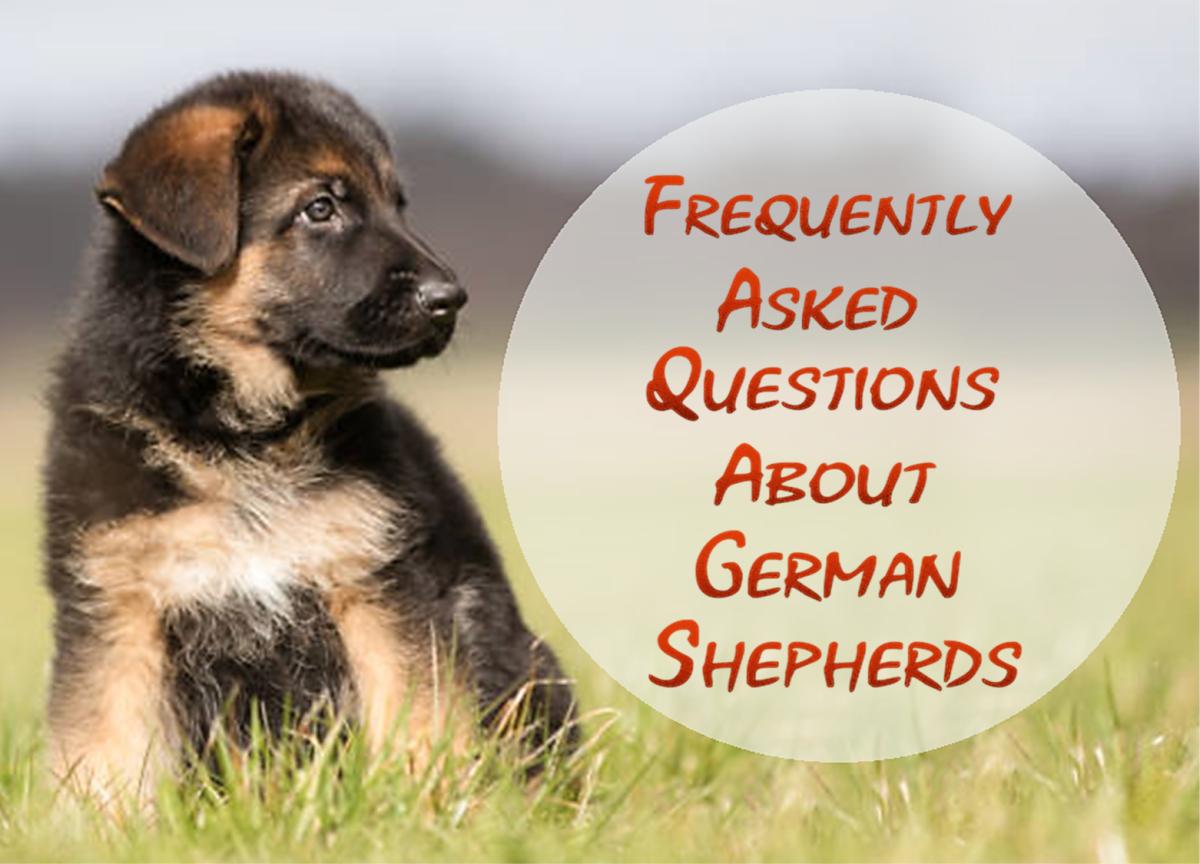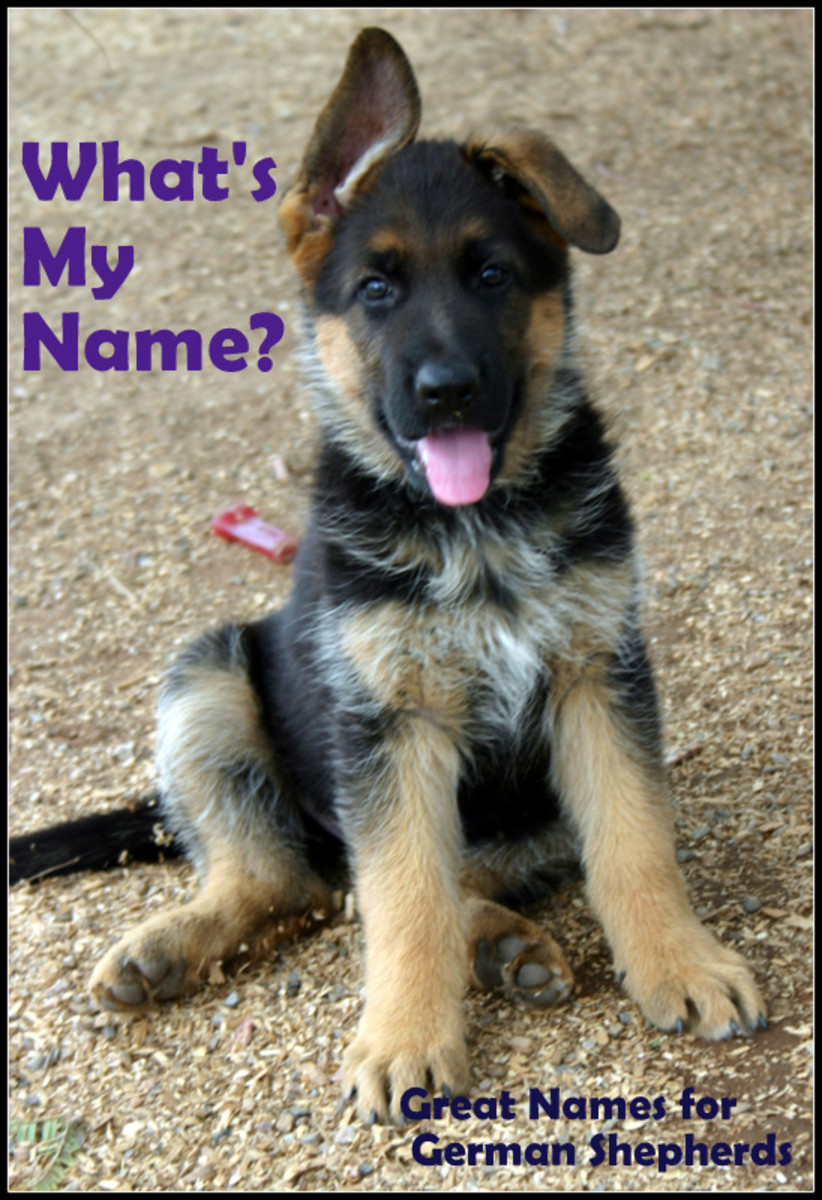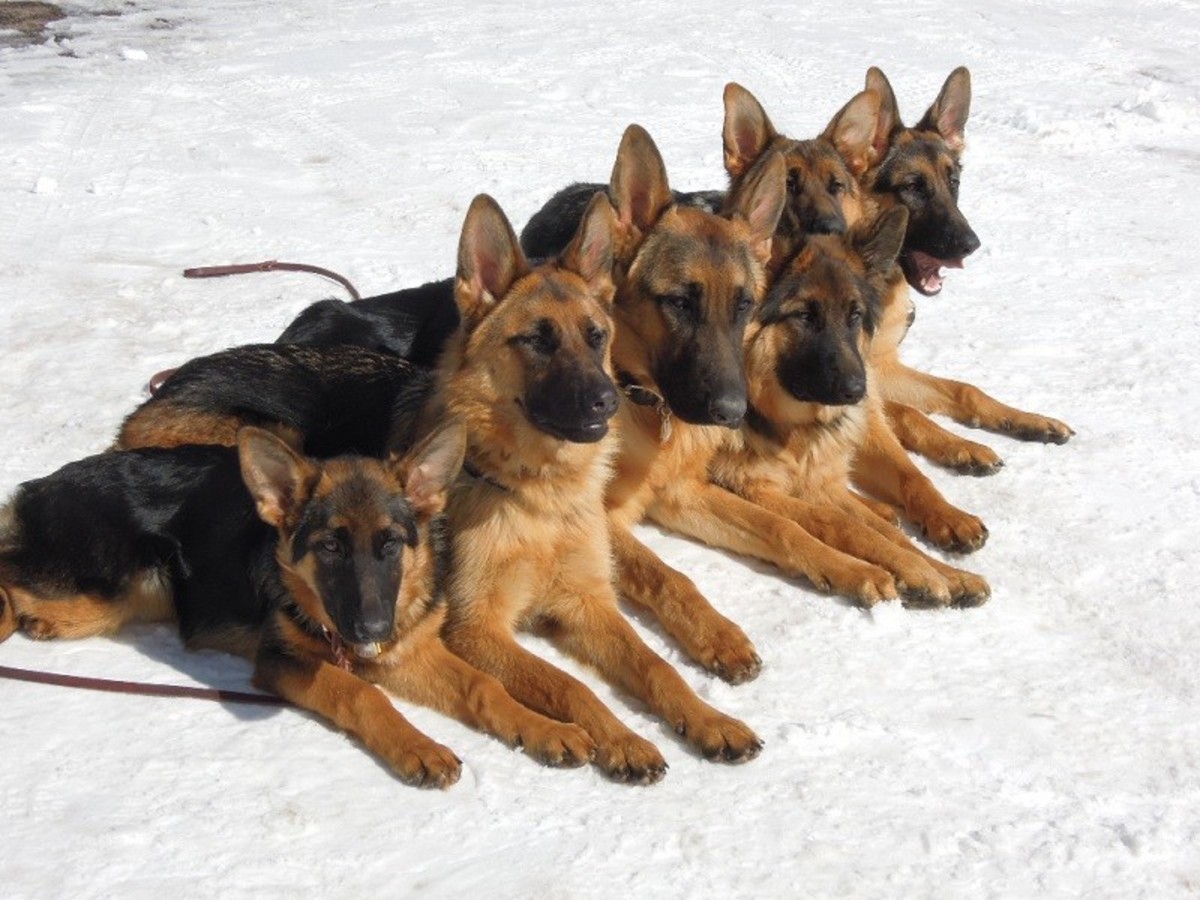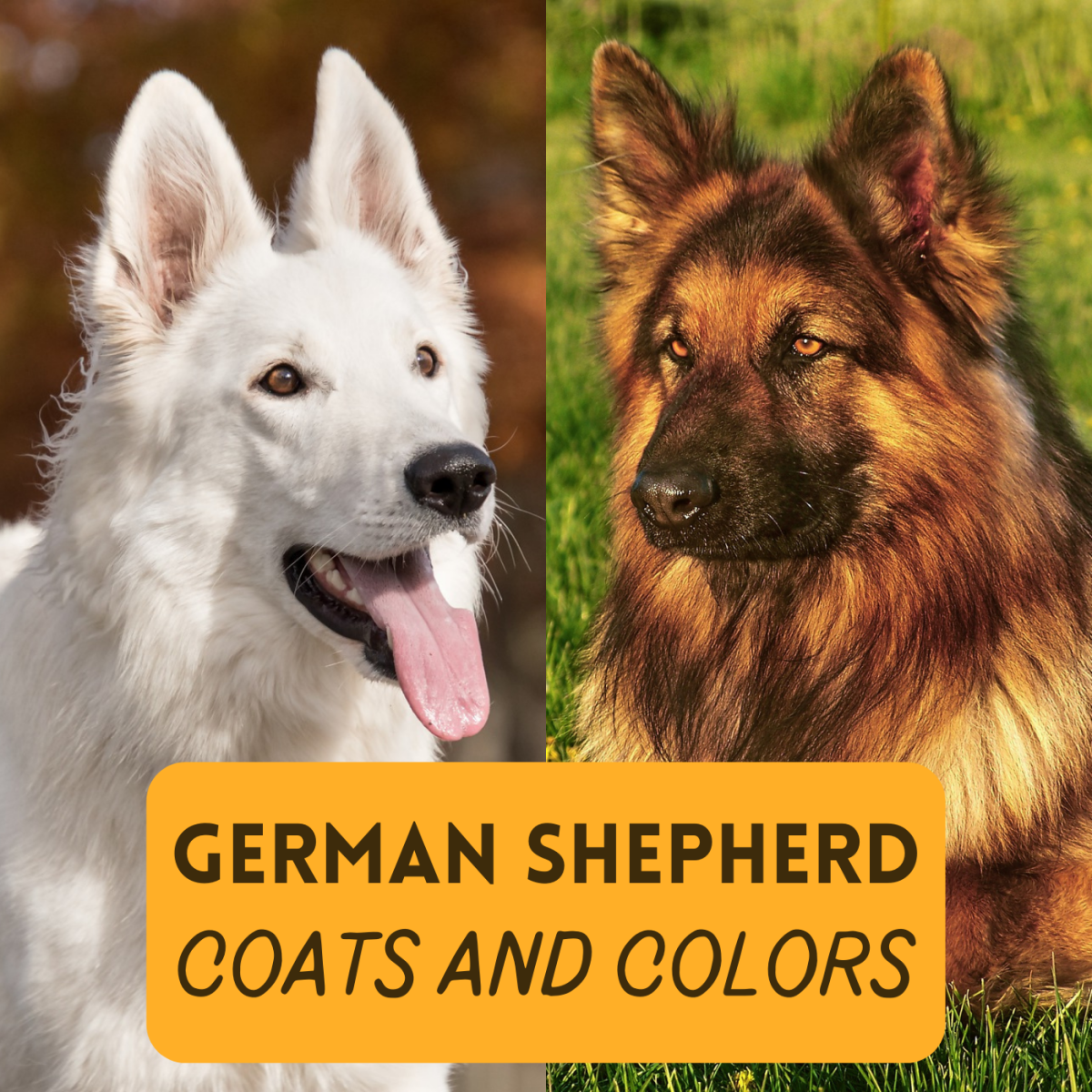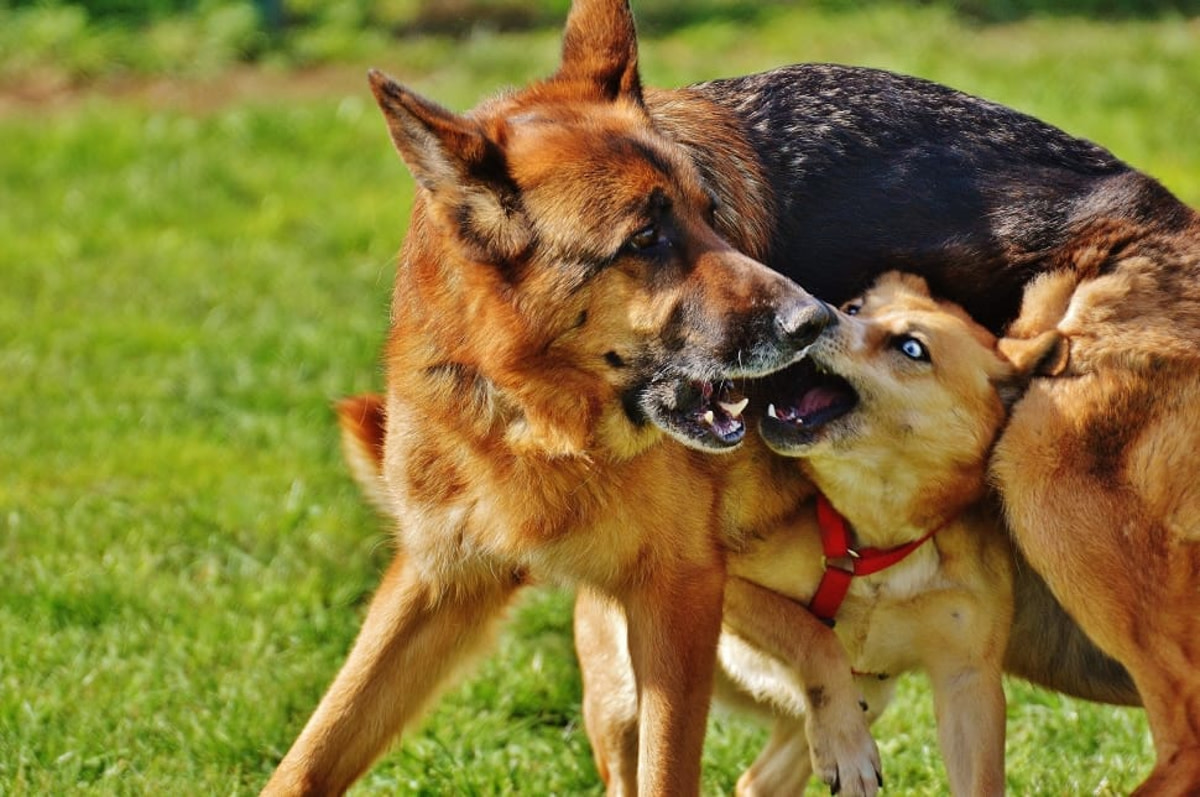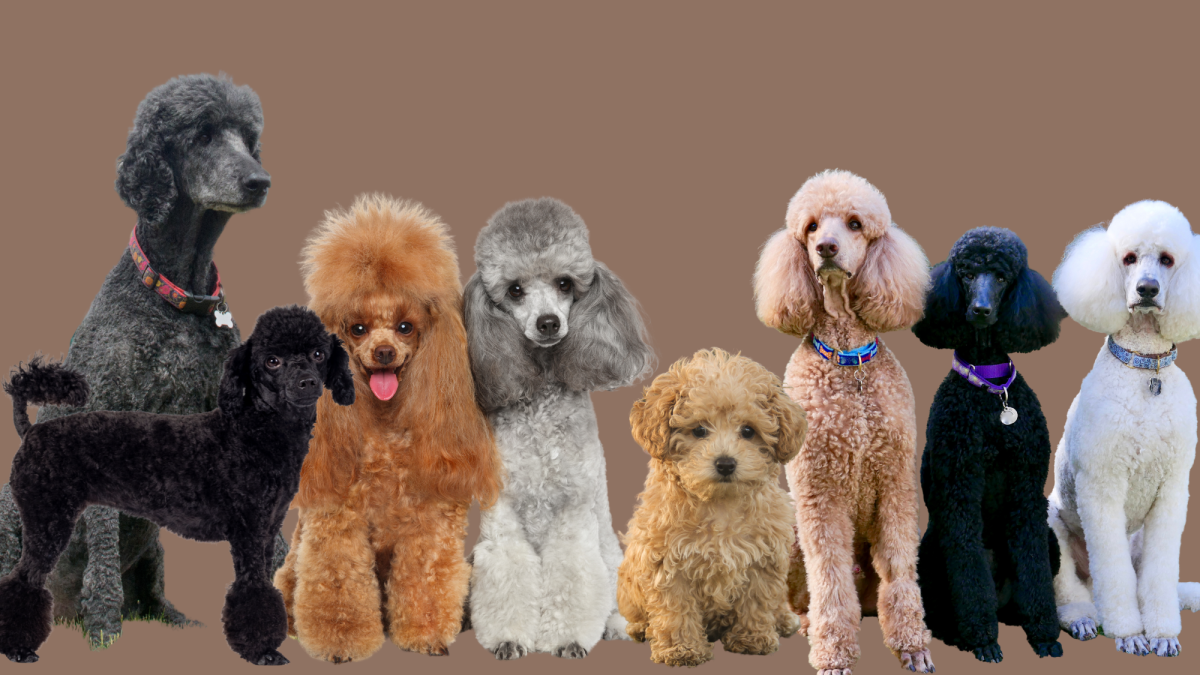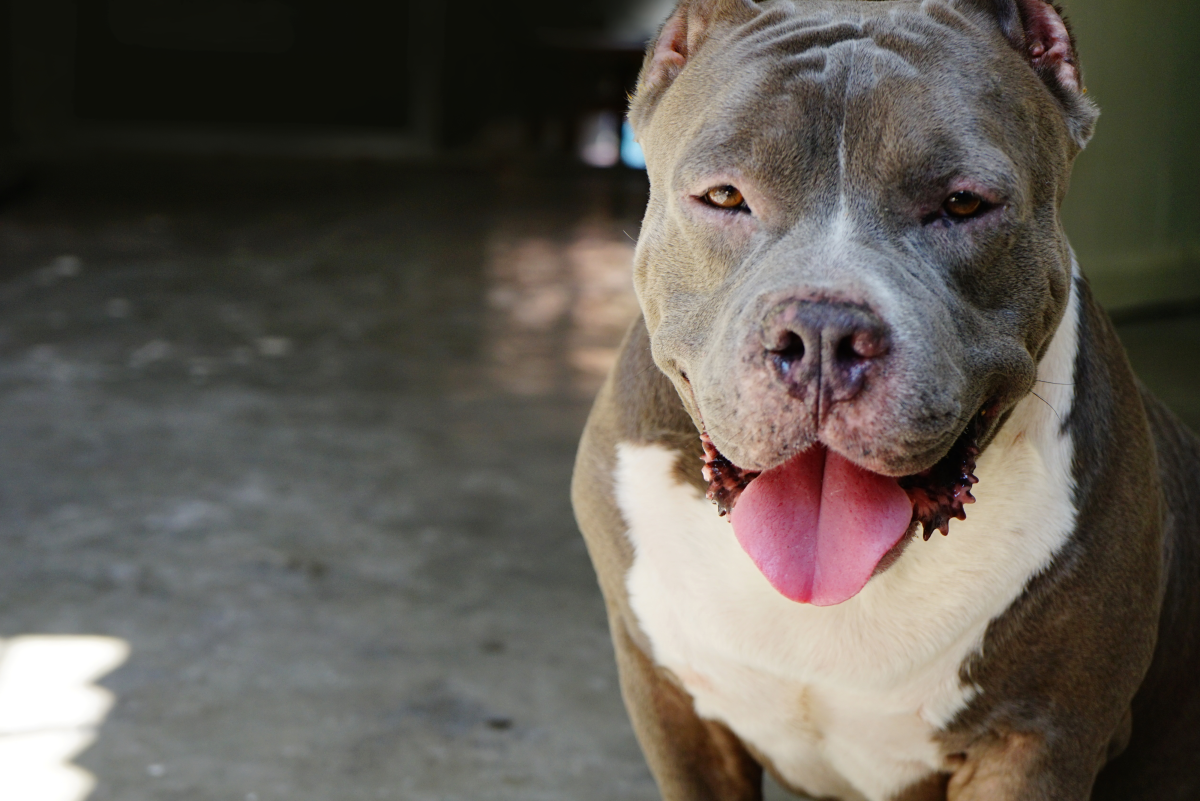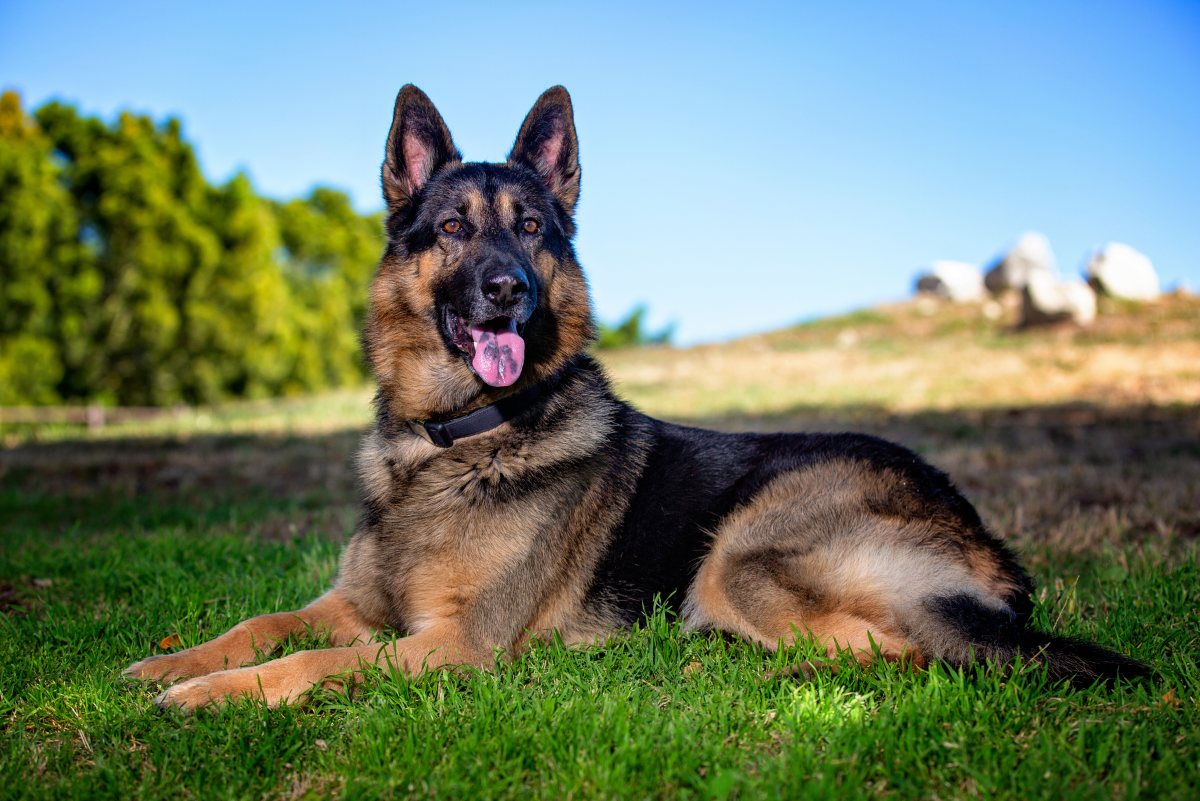- HubPages»
- Pets and Animals»
- Dogs & Dog Breeds»
- Dog Breeds
So You're Thinking about Getting a German Shepherd
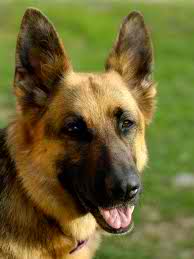
A German Shepherd is a Good Choice
Also called Alsatians, the German Shepherd dog is a large sized breed of dog with German origins. Somewhat a new type of dog breed, its origins date back to the year eighteen ninety nine. As part of the group of herding dogs, German Shepherds are work dogs originally developed for guarding sheep and herding.
Due to its ability to be obedient, intelligence and strong, this breed is usually utilized in roles of military and police roles worldwide. Due to the protective and loyal nature of this dog, German Shepherds are a breed that is the most registered.
At one point, this breed was almost exclusively selected to be utilized as guiding dogs for people impaired visually. Later, Golden Retrievers and Labradors were also used although to this day, there are still German Shepherds trained for this job.
Roles in scent-work also widely use this breed including detection of narcotics, searching cadavers, search rescues and detection of explosives. The fact that this breed can work with no regard to distractions plus its keen ability to smell makes them quite suitable for this.
Standing between twenty-two and twenty-six inches, German Shepherds are large in size and weigh between forty nine and eighty-eight pounds at the withers. Ideally, the height of this dog should be approximately twenty-five inches according to the standards of the Kennel Club.
This breed has a black nose, a square cut muzzle that is long and a forehead which is domed. German Shepherds have a scissors-like bite and strong jaws. Their eyes are brown, medium in size with a self-assured, intelligent and lively look.
Their large ears stand erect, open and parallel at the front and usually pulled back as they move. They have long necks which, when excited is raised and as they move at a rapid pace, these are lowered. Their bushy tail reaches to the hock.
Specifically, German Shepherds are bred for their intelligence, and they are renowned for this trait. Considered to be the 3rd most intelligent dog breed, the German Shepherd only comes behind Poodles and Border Collies in this aspect.
After only five repetitions, it has been found that this breed can learn a simple task and obey the 1st command ninety five percent of the time. This was noted in Stanley Coren's Book "The Intelligence of Dogs." For this reason, this is the perfect breed for search and rescue dogs, guard dogs and police dos as it takes them less time to interpret instructions and learn many different tasks compared to almost every other large breed.
In terms of temperament, this breed is not only self-assured but also active. Marked by an eagerness to fulfill a purpose, there is also a great willingness to learn. German Shepherds bond with a lot of different people and have a nature which is loyal. With regard to their family, they tend to be quite territorial and over protective especially when no correctly socialized.
This breed is also not inclined to become friends immediately with strangers. Highly obedient and intelligent, some people are under the wrong impression that this breed requires a firm hand. The truth of the matter is that recent researches has indicated that German Shepherds respond better to training methods that are positive and based on rewards.
This breed comes in various colors, the most common being red and black or tan and black. There are many black masks for most varieties of colors and body markings that are black which ranges from an overall "blanket" or a classic "saddle."
Color varieties that are more rare include varieties that are blue, liver, all-white, all-black and sable. The sable and all black types according to the set standards are acceptable. On the other hand, the liver and blue varieties are considered to be faults which are serious. At times the all-white variety is disqualified immediately according to certain standards.
A double coat is sported by German Shepherds. The outer coat which sheds the entire year is dense, close and with an undercoat which is thick. There are 2 variants accepted for the coat including long and medium. The gene for long hair is rare, as it is recessive.
Long hair variation treatment across different standards differs, accepted under the UK and German Kennel Clubs but not for the Kennel Clubs of America.
When it comes to their health, many common German Shepherd ailments result from the early inbreeding that was required. One issue is elbow and hip dysplasia which leads to this breed to experience pain in old age, which sometimes end up as arthritis.
Almost half of this breed is affected by stenosis of the spine and twenty percent get dysplasia of the hip. Because of their ears' large and open nature, German Shepherds tend to get infections in the ears and are prone to bloat the same way all dogs with large bodies are.
Besides this, another disease that this dog is predisposed to is called degenerative myelopathy. There is also a higher than average Von Willebrand Disease incidence which is a bleeding disorder which is usually inherited.
With an average span of life of almost ten years, this is normal for dogs of this size.

